Gluconolactone For Skin: The Ultimate Guide
As a moisturizer or an exfoliator, this gentle acid can do wonderful things for your skin.

Image: Shutterstock
Gluconolactone is a powerful yet gentle acid that provides around 50% protection against UV radiation (1). It also has numerous other skin advantages and is suitable for oily, sensitive, rough, and dry skin types. But, how does gluconolactone for skin care work? In this post, we explain all the benefits of gluconolactone for the skin, how to use it, and any potential adverse effects. Keep reading!

In This Article
What Is Gluconolactone?
Gluconolactone is an acid that acts as a natural, gentle exfoliator. It is available in a powdery form and is extracted from gluconic acid typically found in animals and corn. It belongs to a group of acids known as poly-hydroxy acids or PHAs, which differ from alpha- and beta-hydroxy acids. This acid is often used in a variety of skin care formulations to boost skin cell turnover and enhance the appearance of aging skin.
 Did you know?
Did you know?Gluconolactone works similarly to AHAs and BHAs, but is less drying. It is safe for use on sensitive skin. It offers various other benefits to skin. We will explore the same in the following section.
Key Takeaways
- Gluconolactone is an acid that functions as a mild natural exfoliant.
- It comes in a powdered form and is made from gluconic acid, found in animals and corn.
- Gluconolactone helps improve skin texture and tone, moisturize skin, and has anti-aging effects.
- However, consult your dermatologist before using gluconolactone if you have thin or sensitive skin.
What Are The Benefits Of Gluconolactone?
Though gluconolactone is known for multiple skin benefits, more research is warranted to substantiate their efficacy. Some of its skin benefits include:
- Has Antioxidant Properties: The structural composition of gluconolactone helps strengthen the skin barrier function. Gluconolactone’s antioxidant properties absorb free radicals and protect skin against ultraviolet exposure (2).
- May Improve Skin Texture And Tone: Gluconolactone, being an acid, can effectively remove dead skin cells and make your skin smoother and brighter. It acts as a chemical exfoliator and effectively dissolves dead, dry skin cells – and enhances the overall skin texture. It also may help reduce blackheads, excess skin oil, and other debris.
- Hydrates Skin: Gluconolactone is an effective humectant. It attracts water to your skin and hydrates it from within (3). As it also eliminates dead skin cells from the skin surface, it empowers the underlying ingredients to work more effectively. This ensures better moisture regulation.
- Acts As An Anti-Acne Agent: Gluconolactone may have anti-acne effects (4). It could be extremely beneficial for acne-prone and sensitive skin. However, more research is warranted to further understand its effectiveness against acne.
- May Have Anti-Aging Properties: In a study, gluconolactone could help reduce the appearance of fine lines and wrinkles associated with photoaging with just twelve weeks of use (5).
- May Have Antimicrobial Properties: According to some anecdotal reports, gluconolactone demonstrates noteworthy antimicrobial properties, marking its significance in various skincare formulations. This compound serves as a preservative and antimicrobial agent in skincare products, leveraging its ability to inhibit bacterial colonization and prevent microbial contamination. As a polyhydroxy acid (PHA), gluconolactone may exhibit broad-spectrum antimicrobial activity against bacteria, fungi, and yeasts. Its efficacy lies in disrupting microbial cell walls, hindering their growth and proliferation. Gluconolactone’s gentle nature, unlike some traditional antimicrobials, makes it suitable for sensitive skin, offering effective protection without causing irritation. The antimicrobial prowess of this compound positions it as a valuable ingredient in numerous products, contributing to their stability and safety.
Now that you are aware of the major benefits of gluconolactone, it is time to understand how to make it a part of your everyday skin care routine.
How To Use Gluconolactone In Your Skin Care Routine?
Using gluconolactone in your skin care routine is simple. Here are a few factors to consider:
- As a moisturizing product, you can use gluconolactone twice a day on clean skin.
- As an exfoliant (a peel or a serum), use it a few times a week.
- Do not use gluconolactone with other acids or retinoid if you have sensitive skin. Use both products on alternate days or use a gluconolactone-based product in the morning and a retinoid prior to going to bed.
- Pair gluconolactone with an extra layer of moisturizer for an added dose of hydration.
A. Who Should Use It?
Gluconolactone is a better alternative than products containing AHAs that may cause peeling, redness, or sun sensitivity. Gluconolactone is good for all skin types. It is especially useful if you have sensitive or mature skin that easily gets irritated/red when exposed to harsh chemicals. Gluconolactone is composed of larger molecules that cannot penetrate the skin. Hence, it is ideal for sensitive skin.
B. How Often Should You Use It?
You can use it every day if you are not using any other chemical exfoliants in your daily skin care routine. Otherwise, you can use it twice to thrice a week, depending on the strength and formulation of the product you are using.
Note: Since gluconolactone does not penetrate as deeply as other acids, you may need to use it consistently to witness enhanced skin appearance.
What Ingredients Does Gluconolactone Work Well With?
You can use gluconolactone with skin care staples such as vitamin C, retinoids, and alpha- and beta-hydroxy acids. In fact, it is a superb ingredient for an overall anti-aging regimen (6).
That said, please consult your dermatologist to understand the best products that go with this gentle acids based on your skin type and underlying issues.
In the next section, we will look at the precautionary measures to keep in mind while using gluconolactone.
Safety Measures For Using Gluconolactone On Skin
When it comes to using polyhydroxy acid for skin, like gluconolactone, effectively, it is crucial to underline all the benefits and the right way to use it to garner maximum results. Here are a few essential pointers to keep in mind:
- Do Not Over-Exfoliate: Ensure your skin care routine does not include other acids or exfoliants such as retinoids, or else you risk over-exfoliating your skin.
- Take Into Account Any Underlying Skin Conditions: Use gluconolactone under the guidance of a specialist if you have any underlying skin conditions like rosacea or atopic dermatitis. If you have sensitive skin, speak to your dermatologist about the effects of long-term use of gluconolactone.
- Redness/Dryness: Since gluconolactone is an acid (though gentler than glycolic or salicylic acid), it still may cause redness and dryness. Ensure to speak to your doctor before using it to understand the right frequency and dosage.
- Always Do A Patch Test: Before you start applying the product generously, do a patch test on your skin to check for skin sensitivities. This will help you understand if you are allergic to gluconolactone. Stop use and consult your doctor if you experience any inflammation, itching, or burning.
- Read The Label: Read the instruction label of the product and follow as directed.
- Check If You Have Acne: Exfoliating can be tricky if you are struggling with acne. Under- or over-exfoliating can lead to excess inflammation, redness, and breakouts. Practice caution.
 Quick tip
Quick tipIt is also critical to understand the common side effects of gluconolactone. Keep reading.
Side Effects Of Gluconolactone
As discussed, gluconolactone does not penetrate into the skin as compared to its other acid counterparts. Hence, it is considered a gentler acid with noticeably fewer side effects.
However, if you have thin or highly sensitive skin, speak to your dermatologist about using glyconolactone products. If you have sensitive/compromised skin due to frequent flare-ups of eczema or dermatitis, do not use this ingredient until your current condition is treated.
Gluconolactone hydrates and exfoliates the skin. It is also safe to use every day for sensitive skin. However, if you have a pre-existing skin condition, visit a dermatologist first. Gluconolactone has recently gained popularity as a gentle exfoliant, and it can be a game-changer in your beauty routine. It can be found in various products, from moisturizers and toners to serums and face masks. Use it regularly for at least six to twelve weeks to improve your skin. However, consult a doctor before using it if you have sensitive skin.
Frequently Asked Questions
Is gluconolactone a preservative?
Yes, gluconolactone is a natural preservative.
Is gluconolactone soluble in water?
Yes, gluconolactone is soluble in water.
Can gluconolactone cause purging?
Yes, gluconolactone is one of the active ingredients that boosts skin cell turnover, leading to skin purging.
Watch this inspirational video to learn about the skin benefits of gluconolactone acid. Learn about its skin-nourishing properties, hydration power, and skin-renewing abilities to get healthy skin.
References
Articles on StyleCraze are backed by verified information from peer-reviewed and academic research papers, reputed organizations, research institutions, and medical associations to ensure accuracy and relevance. Read our editorial policy to learn more.
- The Polyhydroxy Acid Gluconolactone Protects Against Ultraviolet Radiation in an In Vitro Model of Cutaneous
https://www.researchgate.net/publication/8891041_The_Polyhydroxy_Acid_Gluconolactone_Protects_Against_Ultraviolet_Radiation_in_an_In_Vitro_Model_of_Cutaneous - Skincare Bootcamp: The Evolving Role of Skincare
https://journals.lww.com/prsgo/Fulltext/2016/12001/Skincare_Bootcamp__The_Evolving_Role_of_Skincare.7.aspx - Gluconolactone
https://pubchem.ncbi.nlm.nih.gov/compound/Gluconolactone - The use of polyhydroxy acids (PHAs) in photoaged skin
https://pubmed.ncbi.nlm.nih.gov/15002656/ - A polyhydroxy acid skin care regimen provides antiaging effects comparable to an alpha-hydroxyacid regimen
https://pubmed.ncbi.nlm.nih.gov/15002657/ - A polyhydroxy acid skin care regimen provides antiaging effects comparable to an alpha-hydroxyacid regimen.
https://europepmc.org/article/med/15002657
Read full bio of Dr. Rinky Kapoor
Read full bio of Arshiya Syeda
Read full bio of Ramona Sinha
Read full bio of Swathi E







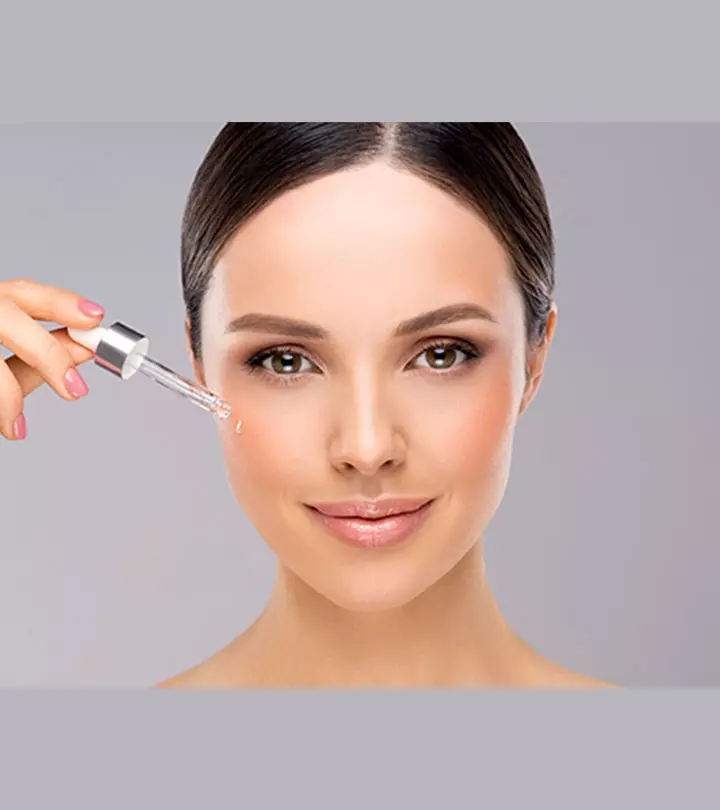


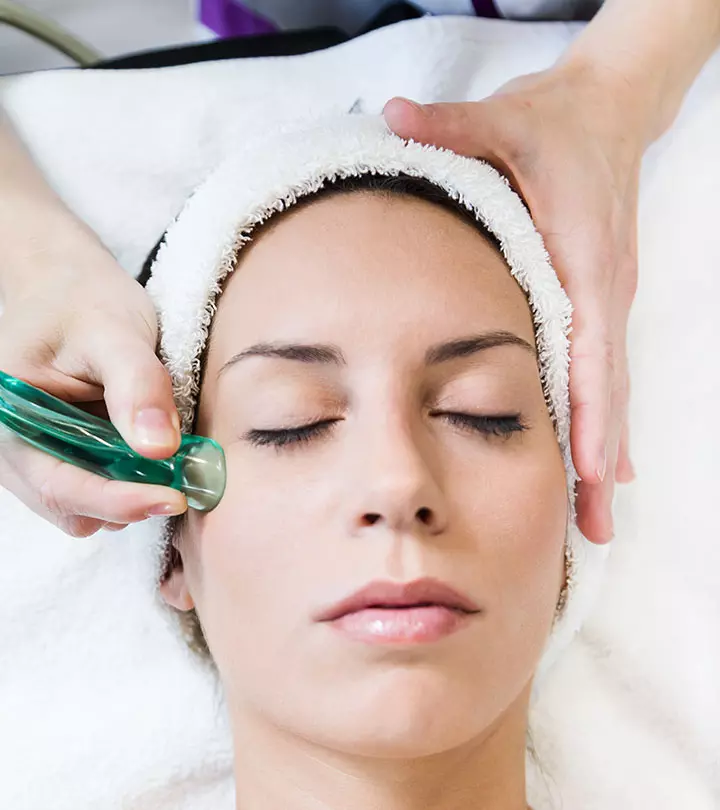

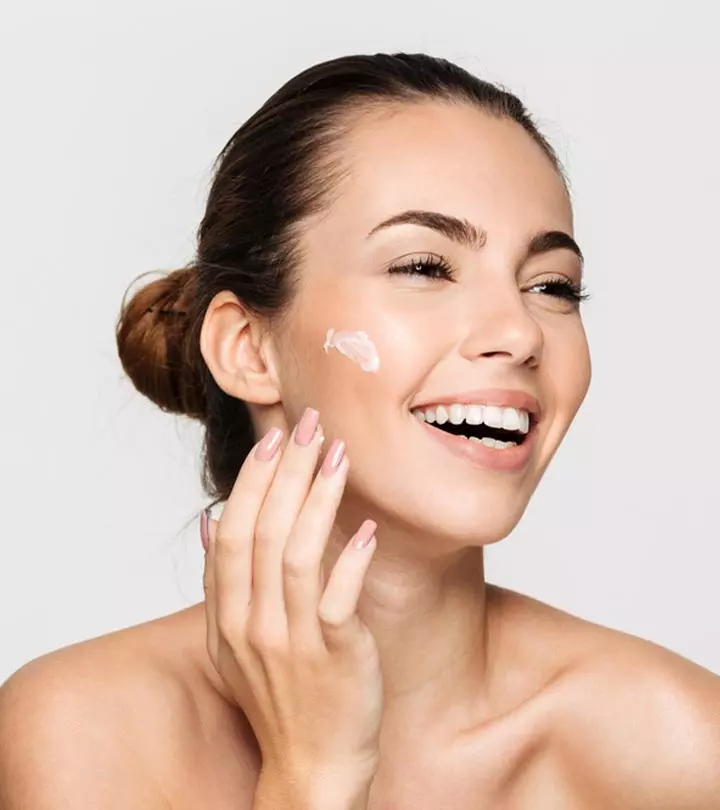
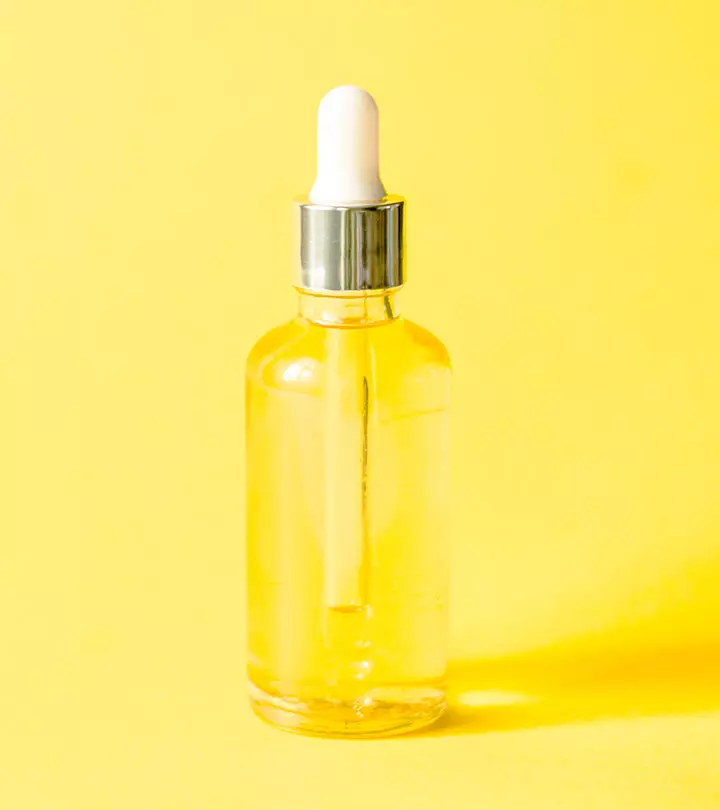



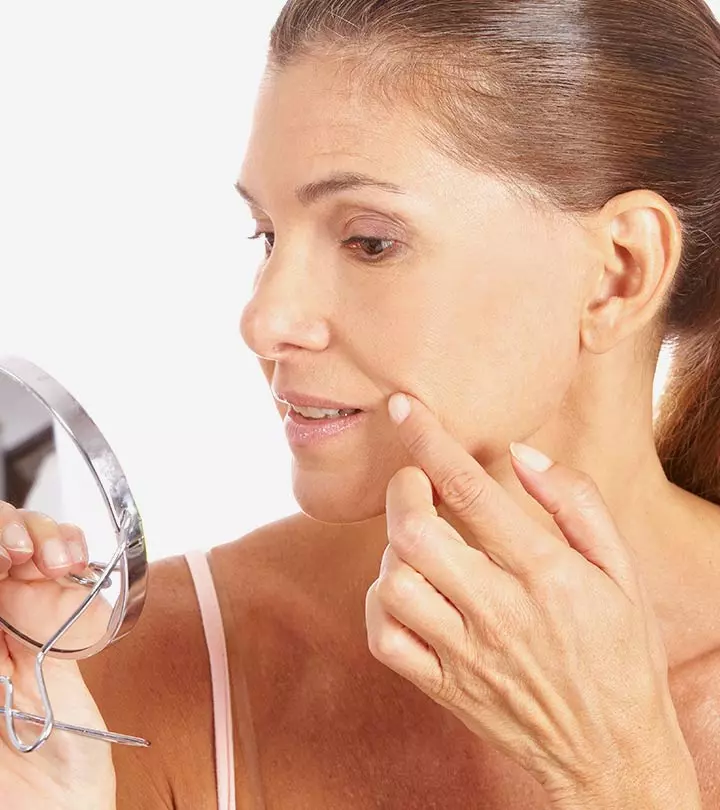
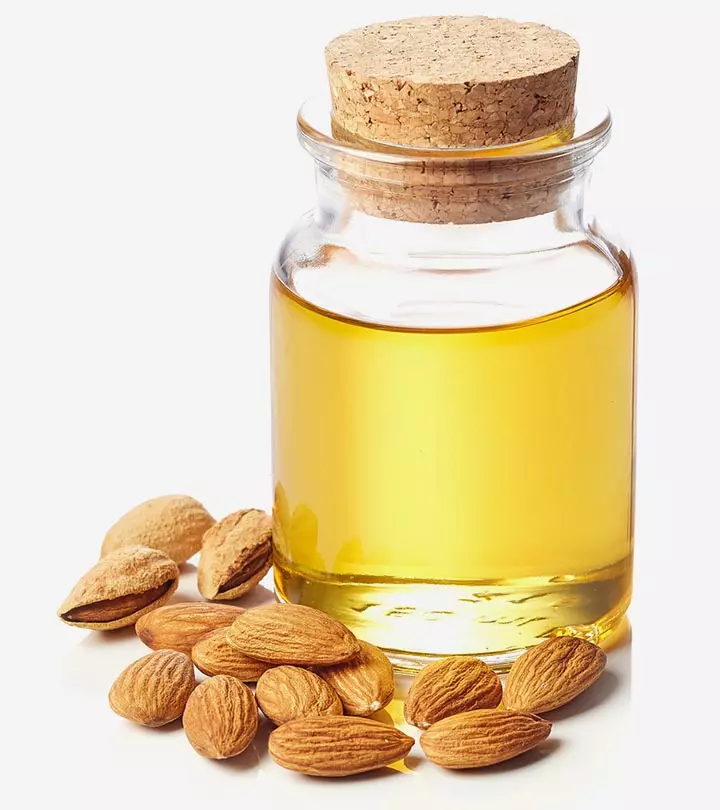
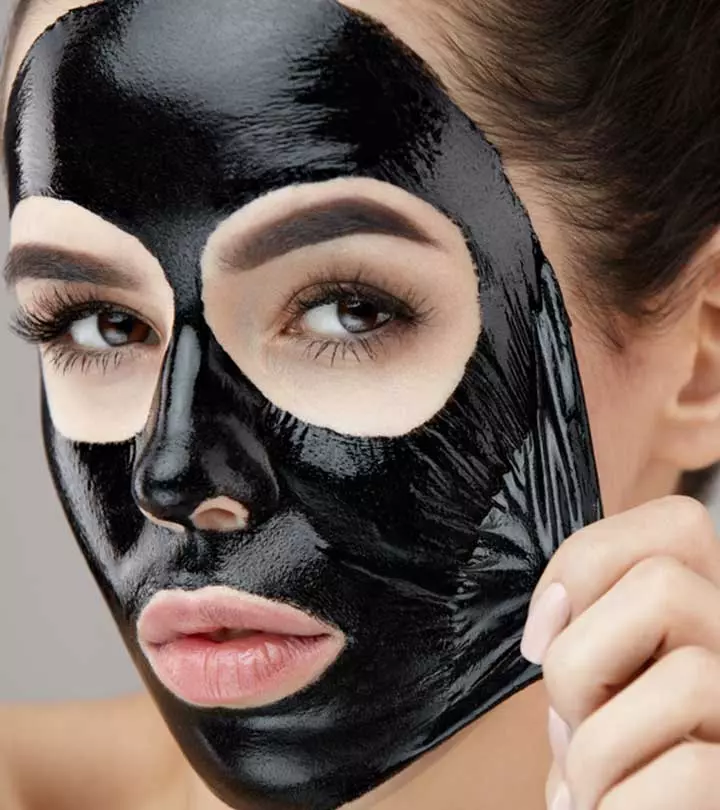
Community Experiences
Join the conversation and become a part of our empowering community! Share your stories, experiences, and insights to connect with other beauty, lifestyle, and health enthusiasts.